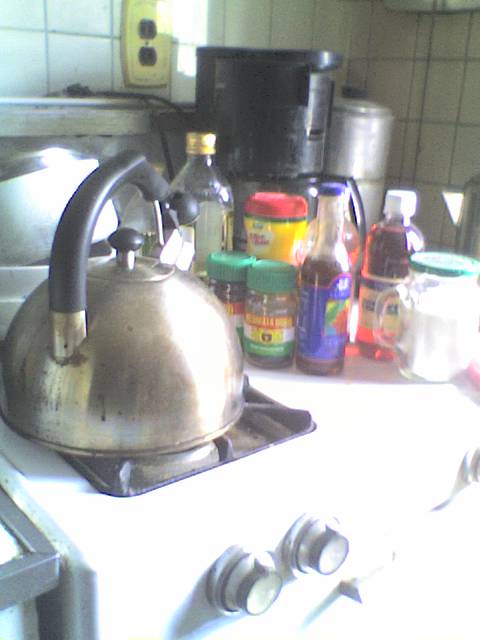We don't give enough credit to the first Americans - the indigenous tribes who introduced the Europeans to their foods. We should and hopefully we will. Sean Sherman , a Lakota chef is making sure modern Americans are tasting the foods of the first Americans.
Lakota Chef Sherman and his story was the highlight of today's New York Times Food section.It's part of a series of honoring different chefs and their culinary backgrounds. Funny that native foods are never really covered in the Times, when they should be. They are varied, echoing the elaborate rituals of all the tribes. Chef Sherman , with the help of Beth Dooley, recreated dishes from all over the pre-Columbian US. He is the creator of the cleverly named Sioux Chef, which brings native influenced dishes to the entire country. He didn't want the recipes he developed for today's article to ones from 1491; rather he hopes to celebrate the diversity that defines our communities now. It's a look into what Indigenous chefs are making now and highlighting the ingredients from the regions they reflect. Chef Sherman's team connected with other Indigenous chefs along with farmers, seed keepers, academics and leaders to create original fare from Mexico to Alaska. There is none of the colonial ingredients that are part of European cooking. You won't see wheat flour, dairy, cane sugar and various meats such as beef, chicken and pork. The palate is still bright and inventive yet traditional. Many tribal elders said they haven't tasted these pure flavors like cedar roasted venison and seaweed flavored oysters. since childhood.
Chef Sherman also highlights his own Lakota heritage. He offers a stew of roasted turnips and winter squash with an agave glaze.The original recipe calls for timpsula, the wild turnip that grows on the plains of his native South Dakota Black Hills. Still, it would be a great side to any fall dinner. The veggies are tossed in sunflower oil then roasted. Agave syrup is layered on and the dish is finished with a sprinkling of sunflower seeds.There is also a bison pot roast , cooked with hominy and flavored with juniper berries and sage.Other regions are also represented.There is heritage turkey from the Onondaga Tribe from the northern New York State which are raised outside. They're not the hormone laced birds we're used to eating. They have meatier thighs and smaller breasts, along with a higher ratio of dark to white meat. Chef Sherman's turkey is served with a berry-mint sauce and walnuts. It can be served with another recipe, this one from the Great Lakes region.It's wild rice and berries with popped rice. The last is made similar to how we used to pop corn, but in a dry , hot skillet. Hazelnuts and different berries such cranberries and blue berries along with sour cherries give it more flavor. The Pacific Northwest Muckleshoot tribe is also represented with salmon. It's briny tang is offset with crushed blackberries and seaweed.
Indigenous cooking is truly American cuisine. Chef Sherman is making sure we know that and start enjoying native dishes. It's much much more than inclusiveness. It's this country's heritage.
Wednesday, November 6, 2019
Honoring The Indigenous
Subscribe to:
Post Comments (Atom)




No comments:
Post a Comment